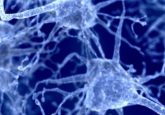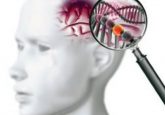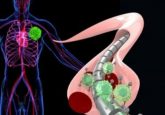Early detection of Alzheimer’s possible with new blood test

A new blood test has enabled researchers to identify those at risk of developing Alzheimer’s disease before they are symptomatic.

Klaus Gerwert and his colleagues from Ruhr University (Bochum, Germany) have developed a test that measures blood concentration of the protein characteristic Alzheimer’s disease (AD) protein, amyloid-beta. Pathological forms of amyloid-beta start appearing in a patient’s blood 15–20 years before AD symptoms occur. The scientists investigated how early the test could be effective and published their results in EMBO Molecular Medicine.
While amyloid-beta is a protein found in healthy patients, it can misfold and lead to the formation of toxic plaques in the brains of AD sufferers. This new test compares the ratio of pathological amyloid-beta to a healthy concentration.
The test uses an immune-infrared sensor to measure distribution of both pathological and healthy forms of amyloid-beta. The two forms are differentiated by the frequency of infrared light they absorb.
Gerwert and his fellow researchers began by investigating patients in the early stages of the disease. They found that their test was able to detect pathogenic amyloid-beta in those patients already exhibiting early symptoms of AD.
They then established whether their test could detect the signs of AD before the onset of symptoms. On average, they detected the disease 8 years in advance of symptoms and correctly identified those with the disease in 70% of cases.
The team hope that this test could be used as an inexpensive and easily administrable option for preselecting at-risk patients. In addition, there is hope that the test could be translated to other uses: “Our immuno‐infrared‐sensor paves the way towards a minimal‐invasive blood screening assay for early AD and it shows a novel innovative approach to detect early states of misfolding diseases, which could be extended in the future to other diseases like Parkinson’s disease using antibodies against α‐synuclein.”





